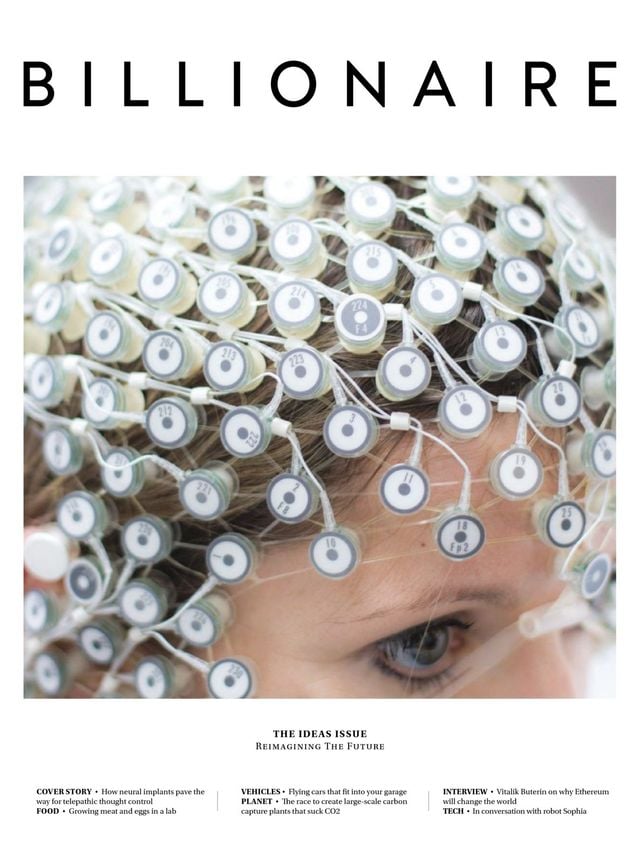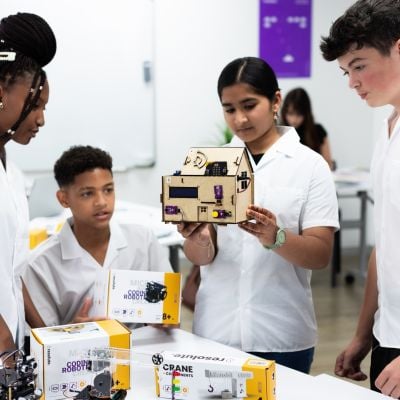Skin In The Game
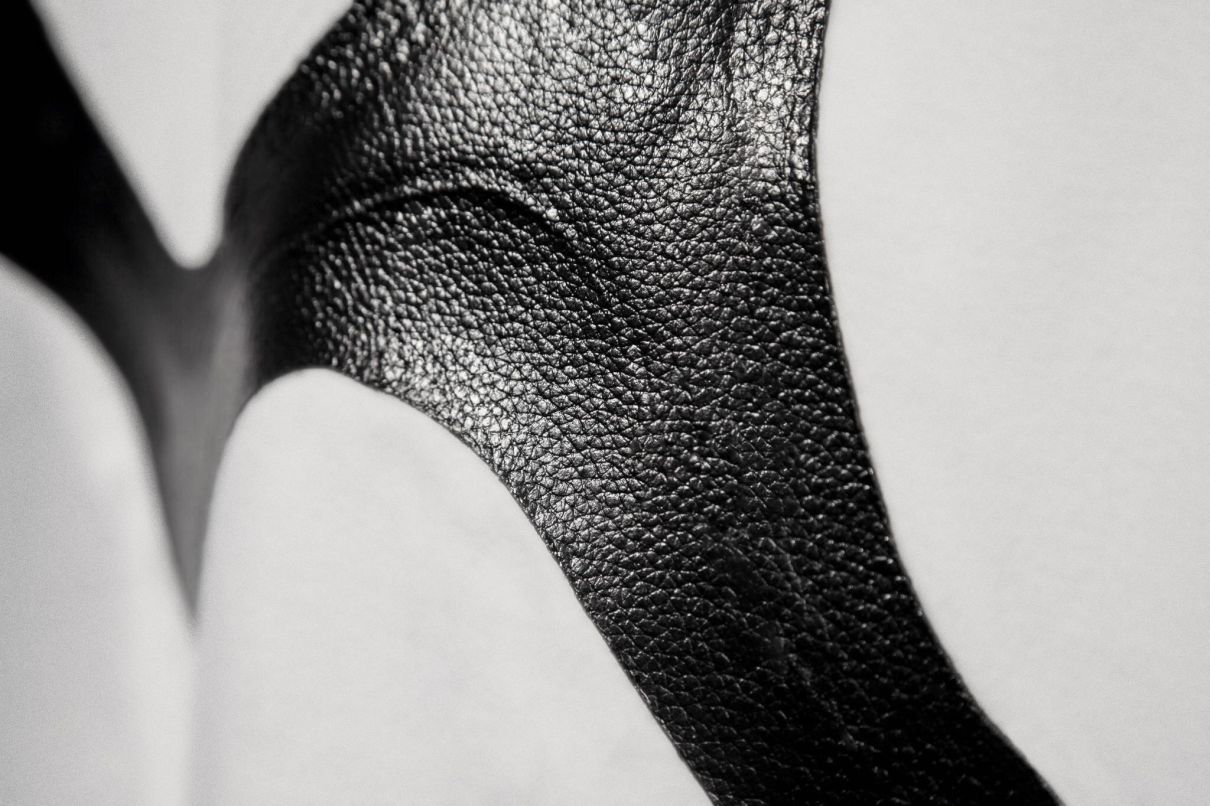
There will another three billion people inhabiting the planet by 2050. What will they all wear? Modern Meadow has the answer.
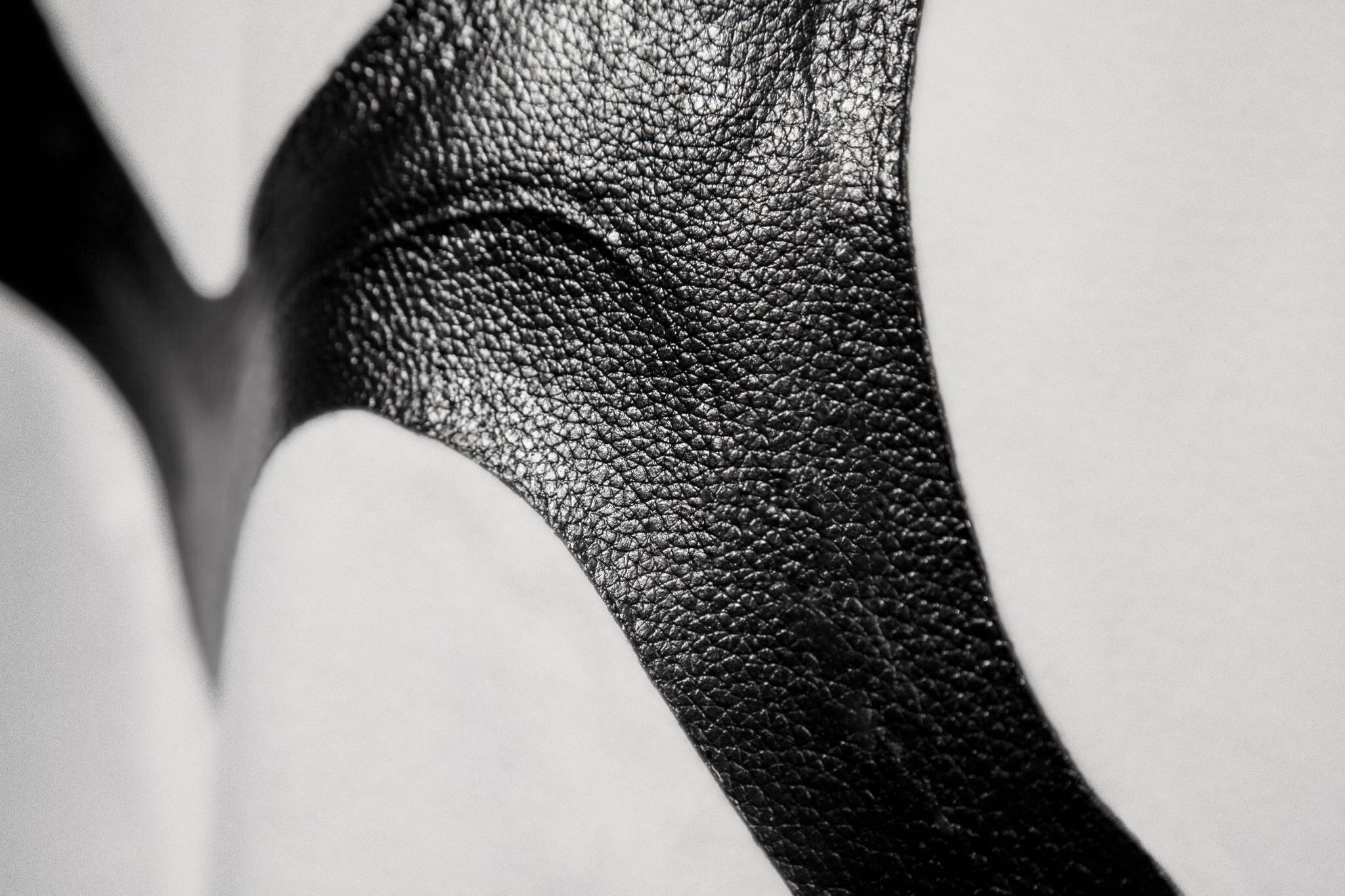
The township of Nutley, New Jersey, sounds like a bucolic place to retire and spend one’s dotage. But it is about to become known for something rather more extraordinary.
It is here that Modern Meadow has made its home, a start-up of 70 scientists and biologists biofabricating leather, aiming to breathe new life to the material world.
The mastermind behind Modern Meadow is CEO and co-founder Andras Forgacs, who, with his father Gabor, made a name founding the 3D human organ printing company Organovo.
Where do you go after printing organs? Growing skin, no less and, in this case, animal skin in a laboratory.
Forgacs and his team have invented a way to create what they call the world’s first biofabricated leather in a test tube. Through what they call DNA editing, non-animal cells are designed to produce collagen, the predominant protein found in animal skin. The collagen is then grown, purified, and biofabricated to create leather, but without animal slaughter and with much lower inputs of land, water, energy and chemicals.
In fact, it is a sort of Leather 2:0 — it looks like leather, feels like leather and even smells like leather, but has never been near an animal, says Dave Williamson, chief technology officer. “It’s a brand-new technology that enables us to grow the building blocks of nature, using a cell that we have designed and engineered ourselves,” says Williamson, who joined the seven-year-old company in 2015.
Leather, a US$100 billion industry, is used in everything from shoes to furniture, luxury car interiors to commercial airliners. It puts an enormous strain on the environment, says Williamson, with the high carbon footprint of rearing cattle, not to mention the chemicals used during the tanning process and the pollution during the transportation of the hides. Synthetic alternatives such as PVC or polyurethane are just as harmful, made using oil in the form of plastic and unbiodegradeable.
If leather is polluting the world today, just think of the effects when the world is home to another three billion people, points out Williamson.
“The question becomes ‘how are we going to feed and clothe those 10 billion people’ when we’re reaching the limits of the planet already. If you crunch the numbers, in order to have enough meat and leather everyone will basically have to live with a cow in their house,” he explains.
Aside from allowing us to maintain bovine-free homes, the benefit of bio-fabricated leather is that it can be produced according to the exact size, shape and exact specification required, significantly reducing waste. Plus, by creating it in a test tube, its molecular recipe can be tweaked, made more lightweight and supple for athletes, more durable for adventurers, less abrasive for motor-biking jackets, and so on.
“Our goal is not to make an ‘I-can’t-believe-it’s-not-leather’ leather,” says Williamson. “Our technology allows us to create tailored materials for different partners, introducing unique structures, different functionalities, totally bespoke.”
Although it is still at the pre-product stage, last September Modern Meadow revealed a first prototype at an exhibition on the Future of Fashion at the Museum of Modern Art in New York. The t-shirt, created with a stitchless seam from liquid biofabricated leather, is the first product of a brand called Zoa. In a move that is for now deeply under wraps, Modern Meadow is partnering with apparel, furniture and automotive and luxury industries, slated for release later this year.
At this early stage the company has attracted an A-List of investors, from Horizons Ventures, an equity investing vehicle for Li Ka-shing; Iconiq Capital; ARTIS Ventures; Temasek; Breakout Ventures; Red Swan Ventures; Collaborative Fund; and Tony Fadell, inventor, designer and founder of Nest Labs, with a total capital raised of over US$53 million via two rounds of funding, to date.
Many of these investors are also backers of other cellular agriculture companies such as Impossible Foods, Beyond Meat and New Wave Foods, which are all employing genetic engineering to develop plant-based meat alternatives. It was in the alternative meat industry that Modern Meadow began its journey, but soon switched its focus to alternative leather as opposed to meatless meat. The two are complementary, as Williamson points out. As more people switch to a meat-free diet, the leather industry, which predominantly uses hides from cattle killed for meat, will diminish. A good thing for the planet, as well as animal welfare. Could lab-grown leather one day rival demand for animal skins? Williamson says it is hard to know how big the market will be as the field is so new, but it's "a huge opportunity."
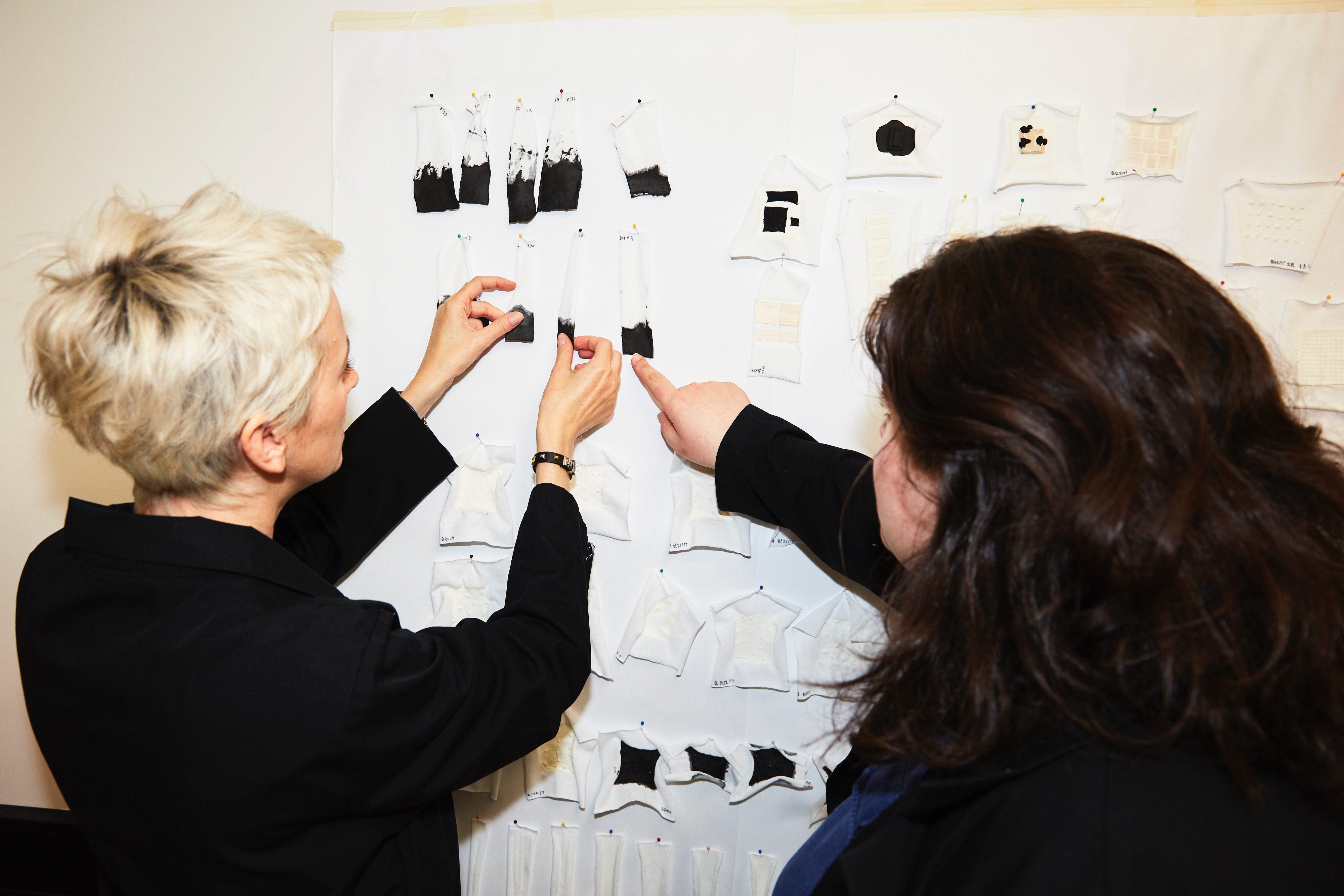
What about recreating other materials, like fur, for example? Modern Meadow admits that would be amazing, but they say it is not yet possible. "Fur, like hair, is made of a different protein, keratin, and its assembly is much more complex than collagen. Just think about human hair versus tiger fur for instance," says a spokesperson. Nevertheless, they have a mammoth task in hand with leather alone, as the movement gains pace.
For the last three years Modern Meadow's CCO Suzanne Lee has organized an annual US-based conference called Biofabricate, gathering leaders in biofabrication from designers to scientists, artists to engineers, global brands and startups, investors and policy makers, trend-forecasters and media and many more. Last year around 300 attended the event at New Lab at the Navy Yard in Brooklyn. "Judging by the industry and media interest, it should be bigger this year," reckons a spokesperson.
“In the fullness of time we’re expecting to be extremely successful,” says Williamson. “Although we are not going to replace the traditional leather and petro-derived synthetic materials, we’re looking to emerge alongside that. Our goal is to direct current market needs.”
This article originally appeared in Billionaire's Ideas Issue, March 2018. To subscribe contact

